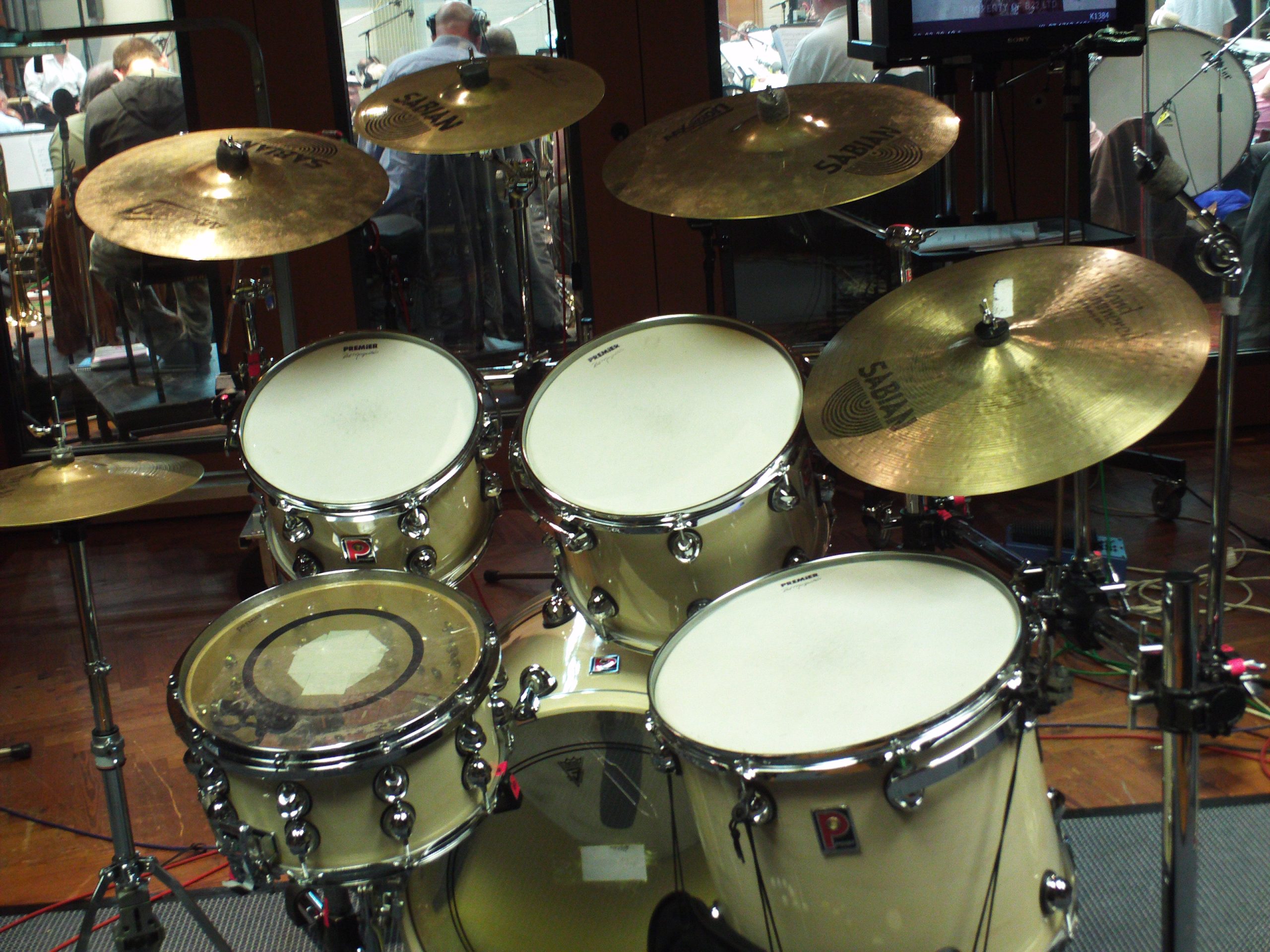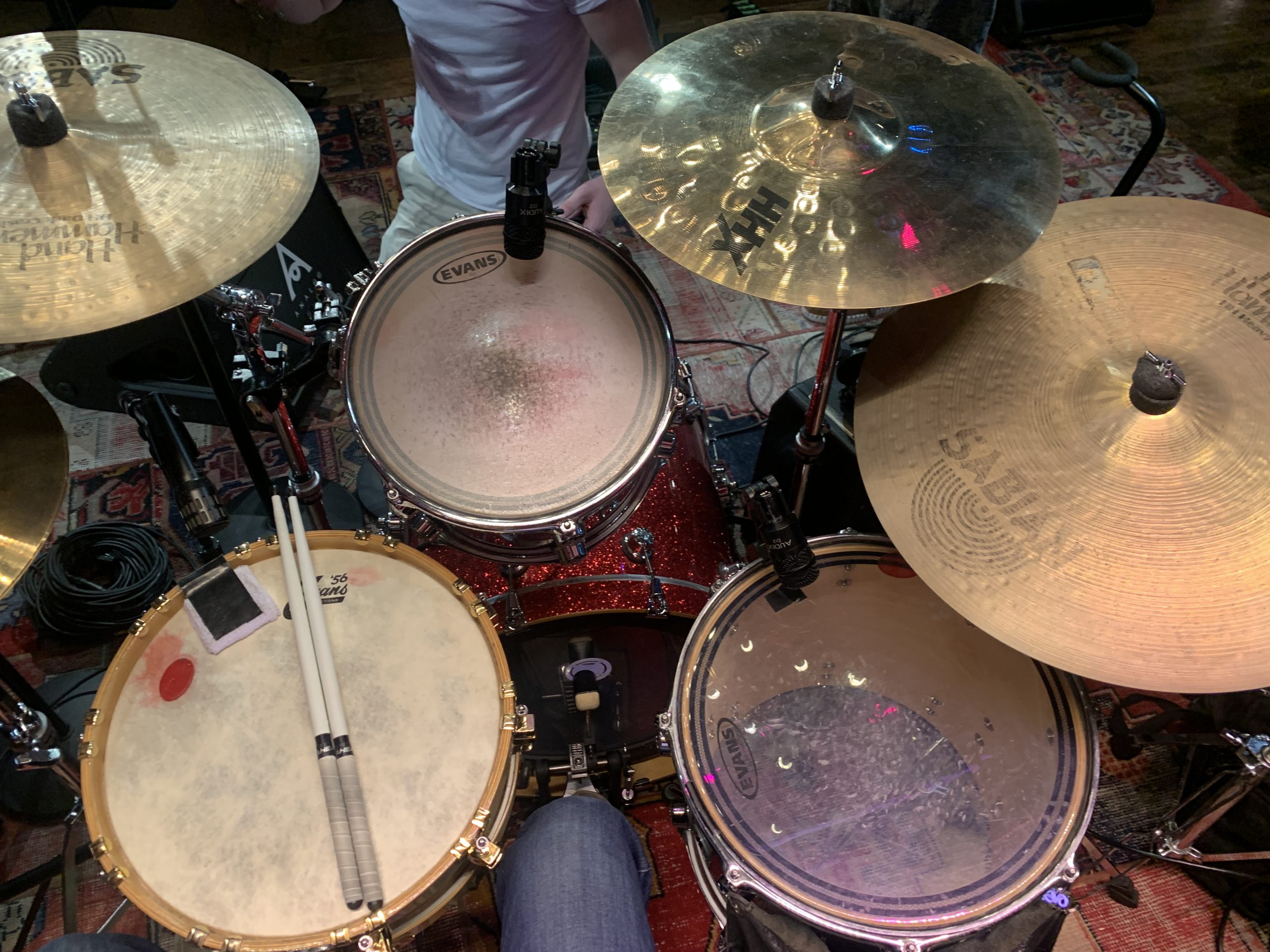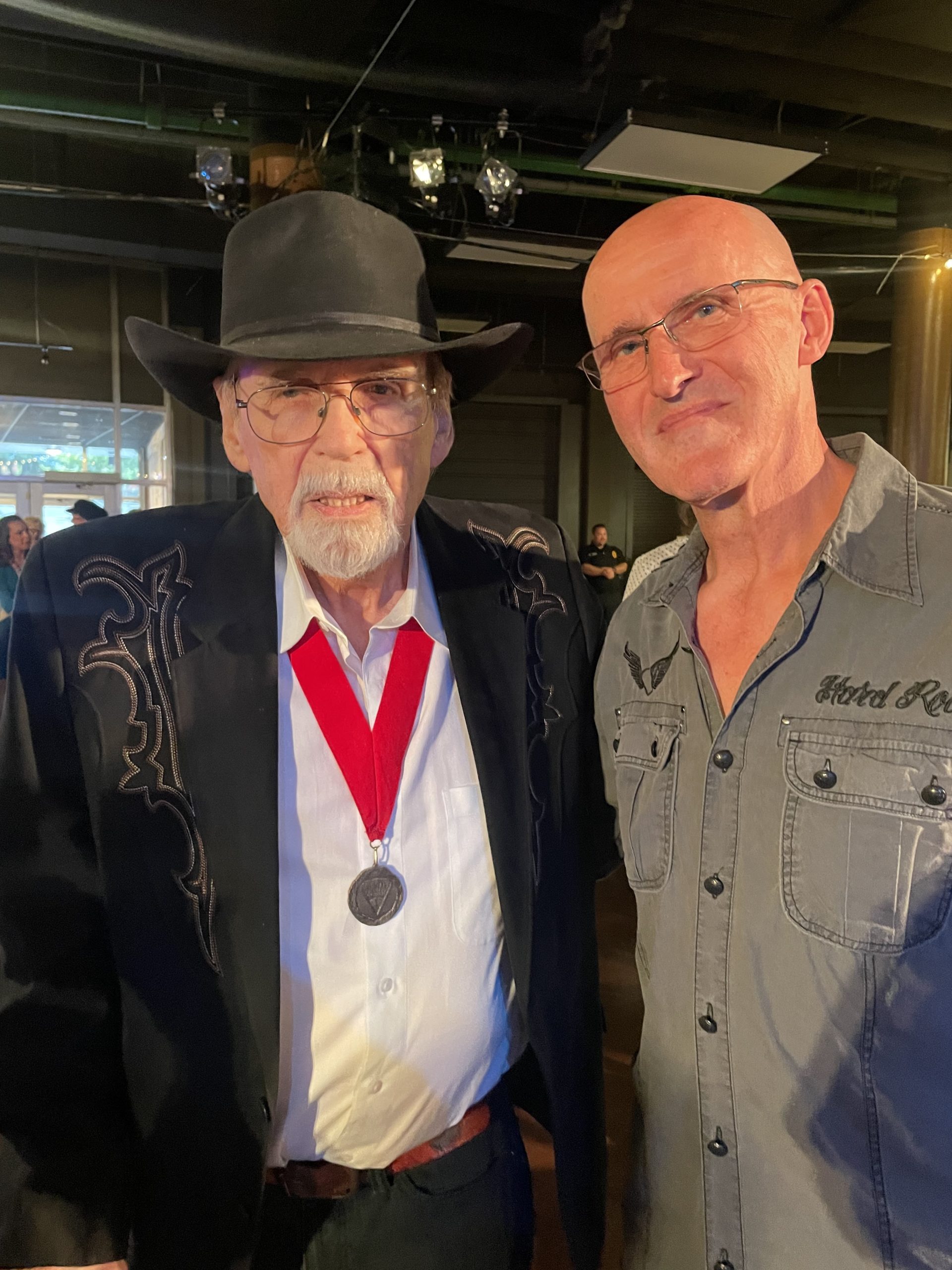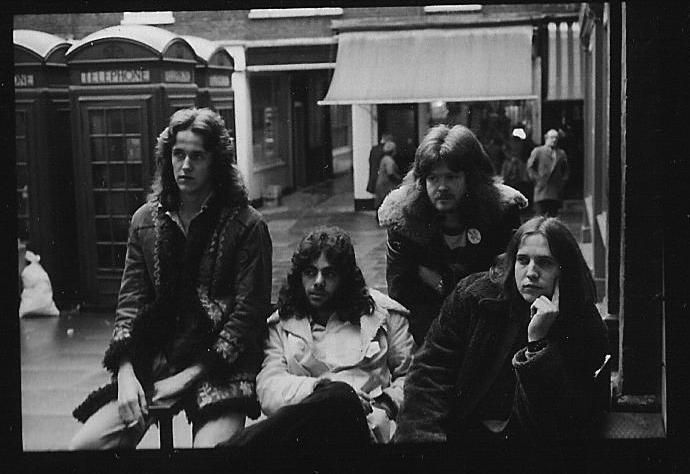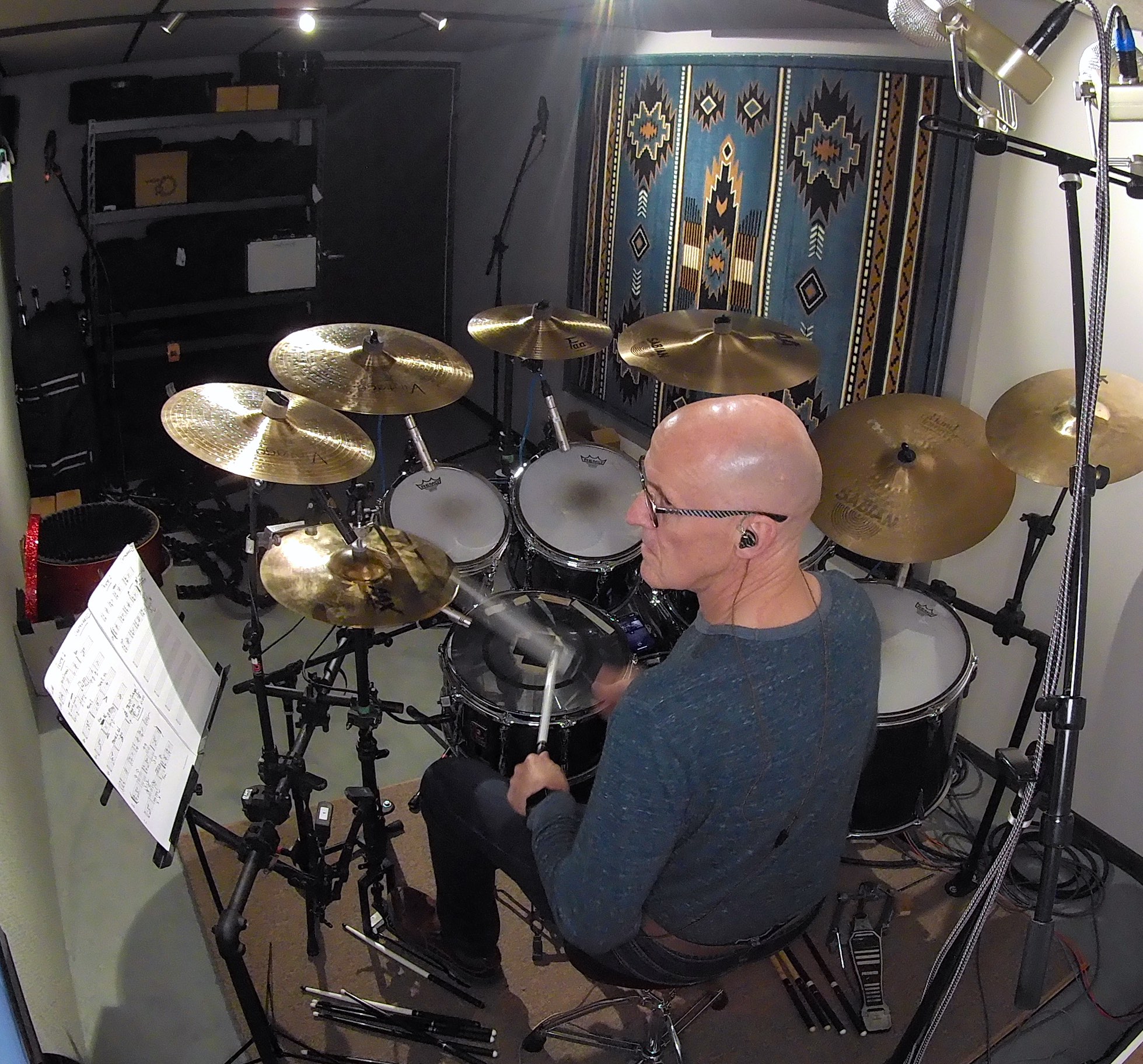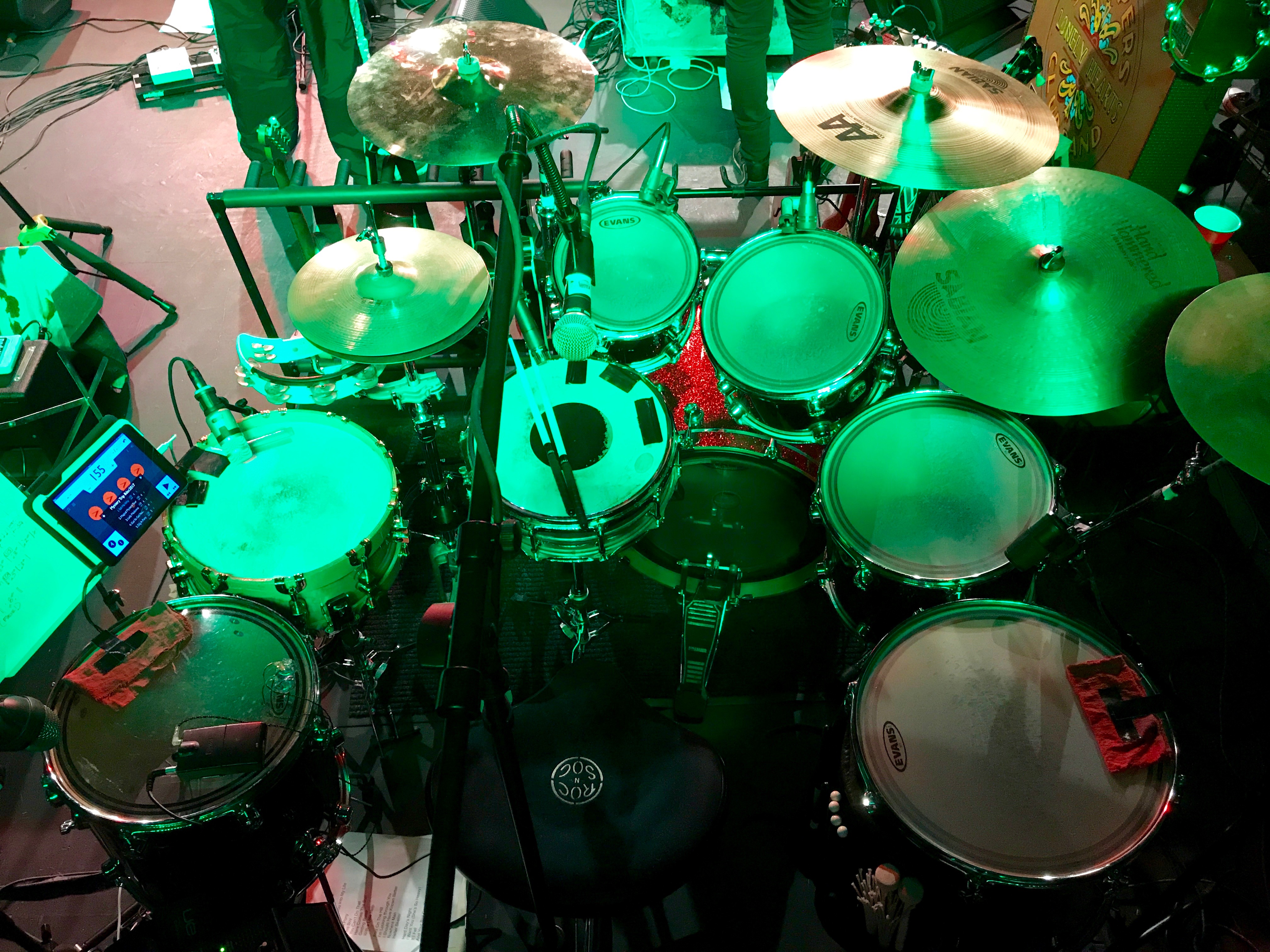DIARY
CHARLIE MORGAN
Quantum of Solace Bond Theme Session
Today marked the 15th anniversary of the release of "Quantum of Solace". In August 2008 I was preparing to fly to the UK for a couple of weeks, visiting family & friends, after which
Rehearsal at SIR, Nashville
In rehearsals for Hinkley’s Heroes. Gig Friday evening. using the smaller kit today. Natal maple, with my 20" x 18" kick, 12" & 14" toms, and the wood hoop Premier Signia 75th Anniversary snare.
Musicians’ Hall of Fame inducts Ringo Starr
I was fortunate enough to attend this ceremony, which was a “Who’s Who” of Nashville celebrities, apart from anything else. John Jorgenson had received the original invitation, but was unable to be there, but he
Long distance recording: Castanarc “Sea of Broken Dreams” album
When the Covid lockdown happened in March 2020, most of us simply had to stop doing everything. At the time I was relying quite heavily on corporate shows, to the tune of 20 to 30
First “pro” session ever…
A number of the top music publishing houses owned & ran their own demo studios. If you were a songwriter who was lucky enough to be signed to one of these establishments, you could get
BBC/Musicians’ Union “Needle-Time Sessions”
BBC Needle-Time Another way I honed my session recording skills was on BBC “You, the Night & the Music” sessions. These were quite Interesting: The Musicians’ Union was quite powerful then, and they had somehow
Intro: Session career start
I started my professional career at a pivotal point in modern music history: The Beatles had just turned the entire industry on its head, and Pub Rock had just begun. A&R men were scouring the
Olivia Newton John: “Physical” video album
Olivia Newton John In 1984, I was called to work on the video of Olivia Newton John’s “Physical” album. The shoot was at Pinewood Studios for 5 days, and I believe we shot 6 or
SInce January, the Tracking Room at Manicdrums has been fully operational
I’ve had some kind of home-recording facility for much of the last 30 years or so. During the 1990’s, I actually co-owned a commercial studio and was able to make use of it whenever there
To Lift the Lockdown, or not…?
I need to put in my Penny's Worth about our current predicament. Remember, this is my opinion. Also, where I state facts, they are cross-referenced and are from reliable sources, especially when it comes to
Endorsement dropped?
I've had a number of 'interesting' conversations with a few colleagues recently. It appears a number of them have either had their equipment endorsement deals 'downgraded' or cancelled. It's a bit of a blow when
Great Cycle Challenge 2019
I've entered in the Great Cycle Challenge for the month of June. My goal is to ride 600 miles. I'm raising money for Children's Cancer research: https://greatcyclechallenge.com/Riders/CharlieMorgan1 Anything, no matter how small, will help! CM
George Matlock interview for Elton John World
My friend (and fellow West Londoner: we even had the same doctor as children) George Matlock, interviewed me at his house in Kew, in December 2018... https://eltonjohn.world/exclusive-interview-charlie-morgan/
From the Beatles to the Guess Who….
Life really knows how to throw a curve ball..... and how you react determines the outcome! I was setting up my kit for Friday night's Mystery Trip (Beatles) gig, at the Factory in Franklin, when
Paul John Buckmaster (13 June 1946 – 7 November 2017)
I learned this morning, via Social Media (as is so often the case these days), of the passing of Paul Buckmaster. I have no idea of the details, just of his untimely death. I first
